The Classic’s Era
Two classic cars meet up in a parking lot in Verrado.
Cars, the most common way to transport and get around nowadays. The teen who drives a white Plymouth Valiant from 1968 is what I love to be known most for here at Verrado. Truly an amazing feeling when people who don’t know about cars stop by to admire a good old classic. My father grew up in Mexico and always liked cars during his time. He took mechanic classes over there and learned about cars. How they run, how to diagnose when there is an issue with the car, and how to fix it. He practically knows how to tear a classic car apart and build it back together effortlessly. Eventually, he passed that passion for cars down to me and taught me everything he knows. I basically grew up with a wrench in one hand and a screwdriver in the other However, the majority of what he taught me does not apply to every car, specifically modern-day cars.
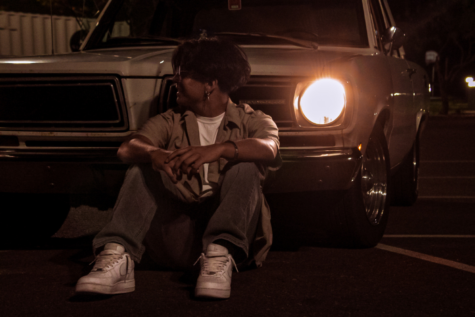
Even if I knew more about modern-day cars, I personally would much rather learn about older cars specifically because it didn’t take much to get a car going from back then. The cars we have today require many things such as countless amounts of sensors, relays, fuses, and so much more. It’s nearly impossible to work on modern cars if you don’t know what specific part of the car to work on. Even just finding the problem can take forever. In a way, however, I feel like that is the whole point of it. It’s all business nowadays, and it’s more convenient to just have a car owner drop off their vehicle at a shop or dealer and have them deal with it. To many this is simple and easy but, to us, car junkies, it’s a different story.
We love to work on our own builds. For us who live here in America, the American muscle cars with the sweet sound of a V8 engine roaring. It’s like music to my ears. Or when it’s a project car that hasn’t ran in years, when your turn the key and just hear it crank. It is sort of an achievement to drive a car you know you put in work too. The best part about it is when you get complimented for it. Whenever you are driving and you get a thumbs up, or when you are at a red light and you hear someone yell “nice car!”. Think of it as a school project you’ve worked on for so long and in the end, you get a good grade for it and maybe even a compliment from your teacher. Truly a great feeling.
But why classic cars, what’s so special about them? I personally love them way more mainly because you really only needed two things to get them running, spark and fuel. At least that’s how I have been taught. The amount of times my 1968 Plymouth Valiant has broken down on me is quite a bit. It has left me stranded sometimes in the middle of nowhere. As I said, it doesn’t take much to get them running again, and every single time something has happened I have always managed to bring it home. With that being said, people are quick to assume that classic cars are not reliable and to that, I have to say otherwise. If you give it the love the car deserves and put in the time and effort while working on it, your hard work will always pay off. Cars back then were honestly built differently. Pure metal on a chassis with wheels. And yes cars back then were nowhere near as safe as they are today, but like my dad once told me, “if you treat the car how you should for the year she is, and you treat her right, she’ll run forever.”




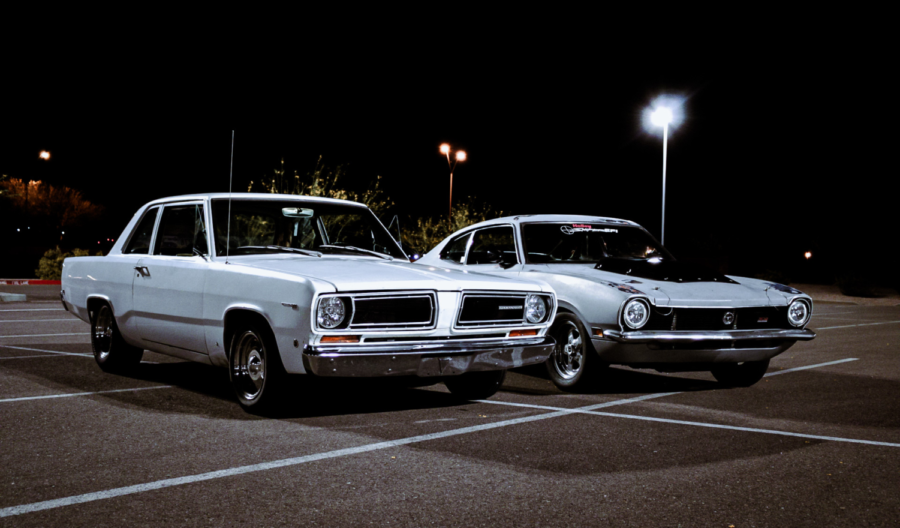
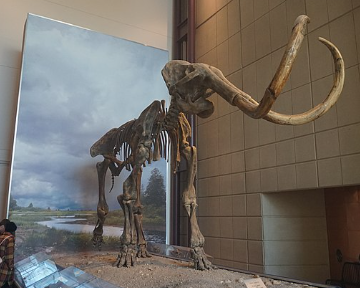

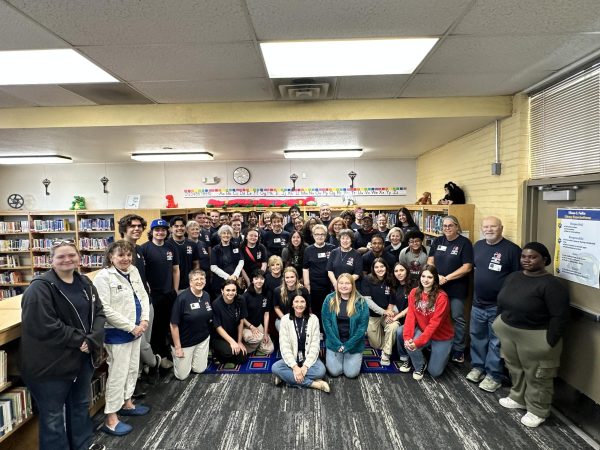
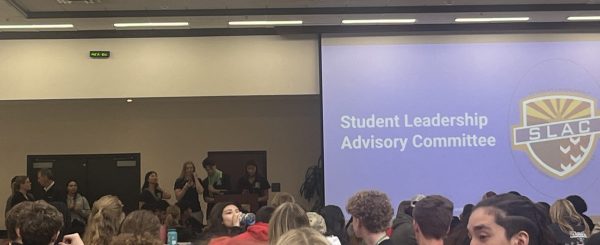
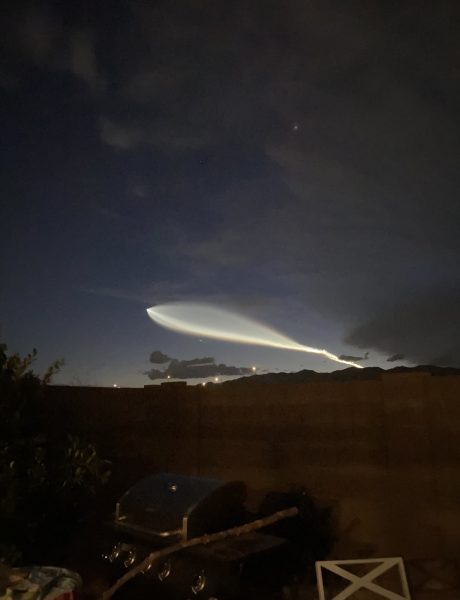

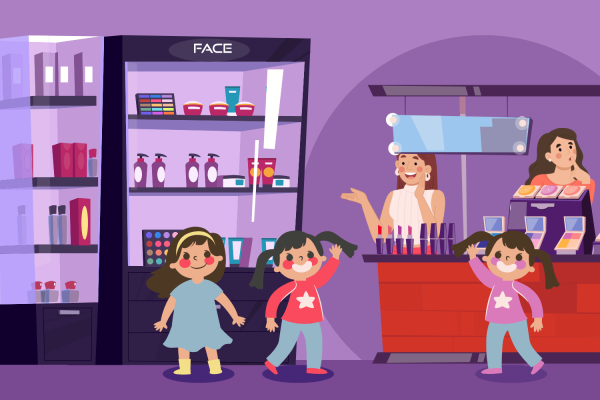



Angelo Flores • Feb 3, 2023 at 9:25 AM
This one is my favorite
Cameron Baker • Dec 15, 2022 at 12:35 PM
Nice article